Dynamic duos
These research duos are breaking ground in their fields and expanding the world’s knowledge base of their chosen subjects.
Inquiry towards equality
Rethinking refugee resettlement and the representation of racialized groups
Rethinking refugee resettlement and the representation of racialized groups
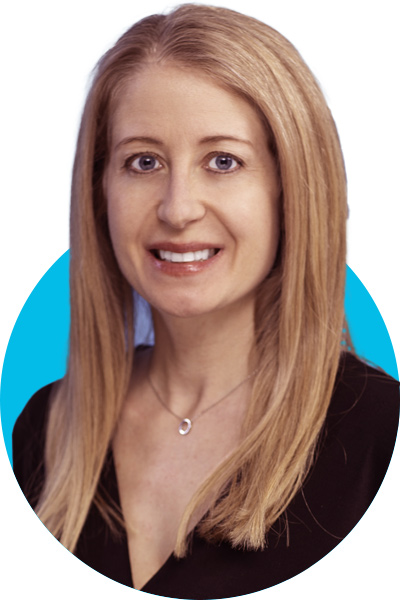
professor
leah hamilton,phd
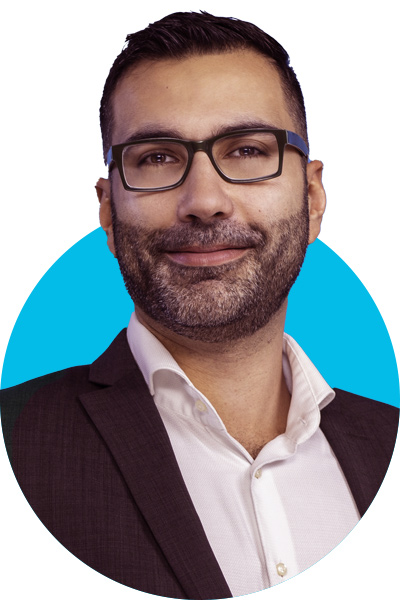
associate professor
mohammed el hazzouri, phd
Professor Leah Hamilton, PhD, and Associate Professor Mohammed El Hazzouri, PhD, are working to understand how racialized newcomers are represented in important health messaging and the challenges refugees face when finding housing. Their joint interest in creating more equitable and inclusive societies is impacting decisions by public health authorities and informing strategies that support refugee resettlement.
In their first research stream, El Hazzouri and Hamilton are studying factors to help improve targeted public health advertisements featuring members of racialized groups. These advertisements are commonly used and usually widely distributed. In a paper published in the Journal of Public Policy and Marketing, El Hazzouri and Hamilton showed that individuals from racialized groups respond negatively to public health advertisements targeting their group because they feel adversely stereotyped.
“We are now building upon these findings by investigating whether they hold for racialized newcomers and exploring the conditions that would make these advertisements more effective,” El Hazzouri says.
In my Leadership Development class, we talk a lot about contributing to positive social change in the community. My students become community builders.”
— Leah Hamilton, PhD
“We are now building upon these findings by investigating whether they hold for racialized newcomers and exploring the conditions that would make these advertisements more effective,” El Hazzouri says.
Their second stream of research is delving into how to enable the successful resettlement of Syrian refugees in Canada. Hamilton and El Hazzouri have explored Syrian refugees’ information needs prior to arrival and while in Canada and developed strategies for meeting them. This work is reported in A National Project: Syrian Refugee Resettlement in Canada, which Hamilton co-edited. They have now engaged in a project examining what facilitates or hinders the long-term housing outcomes for Syrian refugees.
“This is a cross-national project where interviews will be conducted in Calgary, London and Fredericton over a four-year period,” Hamilton says.
Together, El Hazzouri and Hamilton have built a strong network of partnerships with undergraduate and graduate students, other researchers across Canada and community organizations including the Calgary Immigrant Women’s Association, Centre for Newcomers and Calgary Catholic Immigration Society. They have been funded by the Social Sciences and Humanities Research Council and internal MRU grants.
Their work directly impacts students. Hamilton has had several honours thesis candidates work on issues affecting refugee communities. She also brings the projects she has conducted with El Hazzouri into the classroom.
“In my leadership development class, we talk a lot about contributing to positive social change in the community,” she says. “My students become community builders.”
Note: Since publication, El Hazzouri has left MRU to join Dalhousie University.
Once thriving, now abandoned
Examining how uranium extraction both built and destroyed communities
Examining how uranium extraction both built and destroyed communities

professor
robert boschman, phd

Associate Professor
bill bunn
Professor Robert Boschman, PhD, and Associate Professor Bill Bunn are unlocking the history of abandoned mining communities and highlighting the environmental, human and nonhuman impacts of uranium extraction around the world. Their research has particular relevance today, with orphaned wells a growing concern across Alberta.
“This research not only opens up the past, but helps us recognize abandonment in the present as well as plan for the future,” Boschman says.
Uranium is a valuable resource, a heavy metal with an extremely high melting point, making it the only known material capable of sustaining a nuclear fission reaction. It is used for fuelling nuclear power plants, powering nuclear fleets, manufacturing special ammunition and, as most know, for building nuclear bombs.
Boschman and Bunn of the Department of English, Languages and Cultures are studying five different communities around the world — Uranium City, Sask.; Jeffrey City, Wyo.; Radium Hill, Australia; Jachymov, Czech Republic; and Dominionville, South Africa. Each was built specifically to support uranium mining, and each was subsequently abandoned.
Boschman says the study of uranium abandonment represents an environmental history yet to be fully evaluated by humanities scholars. Eldorado Resources withdrew from Uranium City in 1982 and shuttered its mines, causing the community’s population to decline from 4,000 then to approximately 50 today. Not only has human infrastructure been left behind to decay, it will take a minimum of 24,000 years for elevated levels of radiation to dissipate.
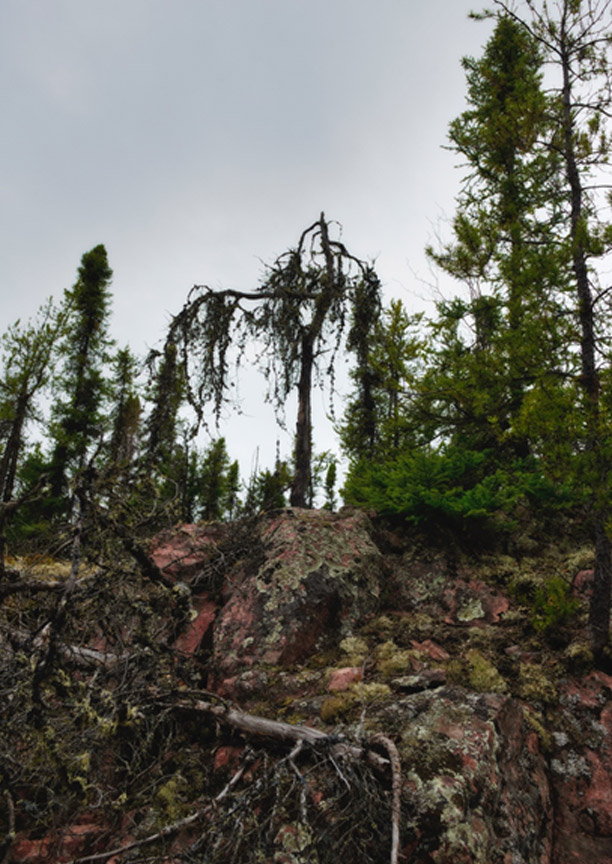
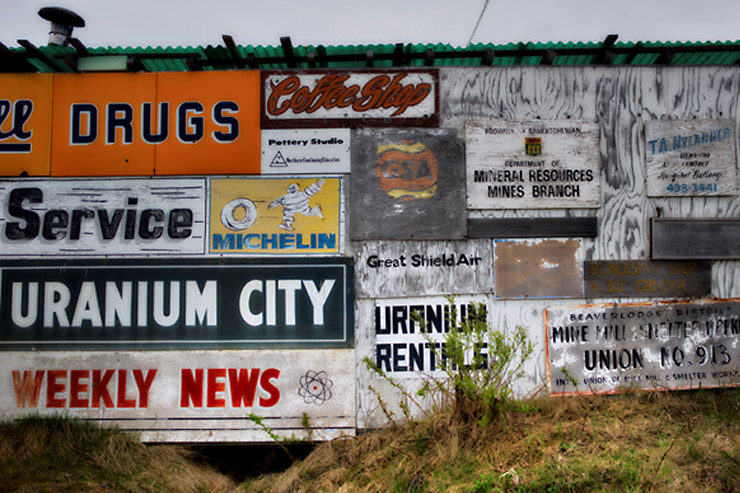
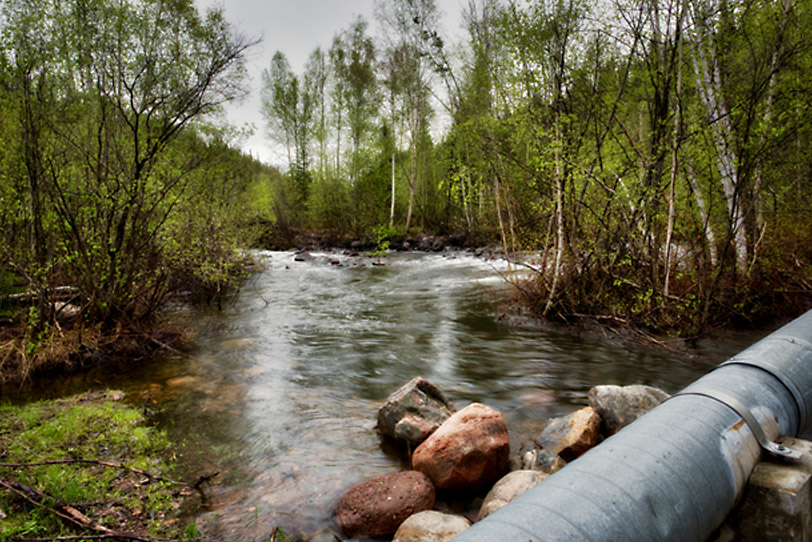
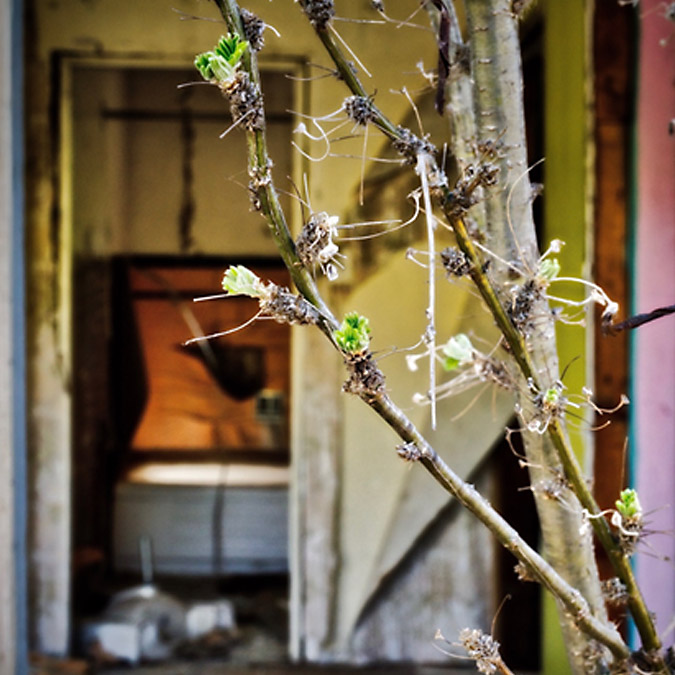
Uranium City photos provided by Professor Robert Boschman, PhD.
“We’re looking at the traumas created by the extraction of uranium,” Bunn says.
With funding support from the Social Sciences and Humanities Research Council (SSHRC), the Institute for Environmental Sustainability and the Faculty of Arts’ Endeavour Fund, the professors, along with research partner Sarah Howden, an alumnus of Mount Royal’s English program and a SSHRC-funded doctoral fellow at the University of Toronto, have already visited Uranium City, Jeffrey City and Jachymov.
Their work will culminate in a book published by Wilfrid Laurier University Press. A peer-reviewed open-access article in Humanities is also available. In addition, a new minor in environmental humanities at Mount Royal was launched this year.
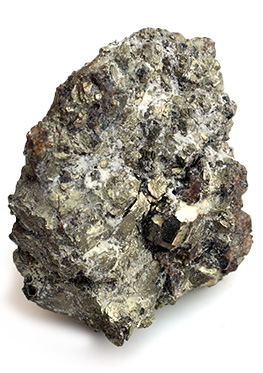
This research not only opens up the past, but helps us recognize abandonment in the present as well as plan for the future,” ”
— Robert Boschman, PhD


